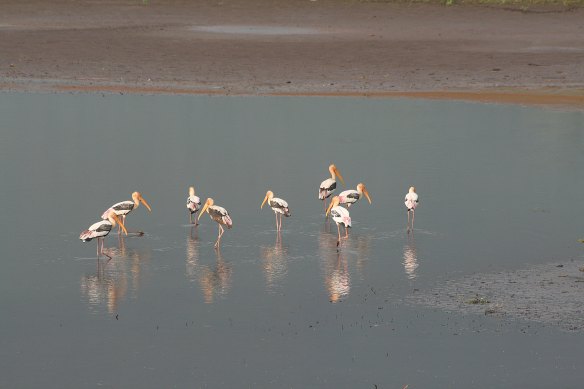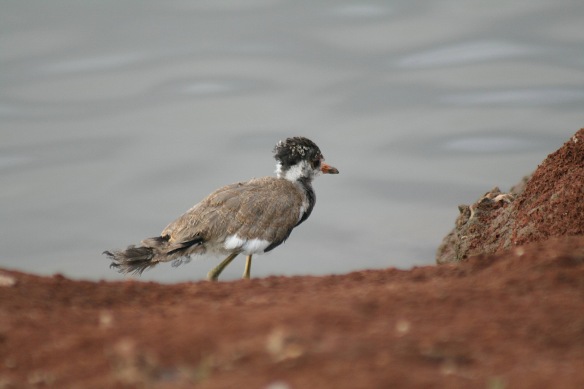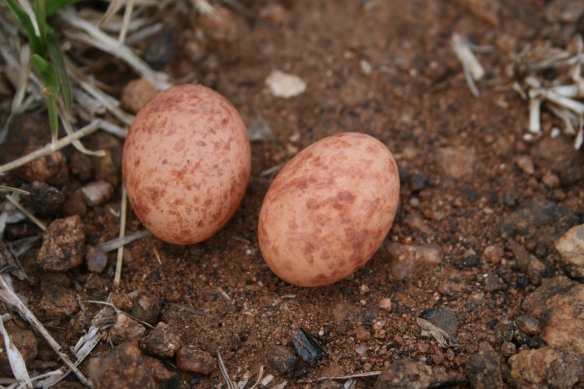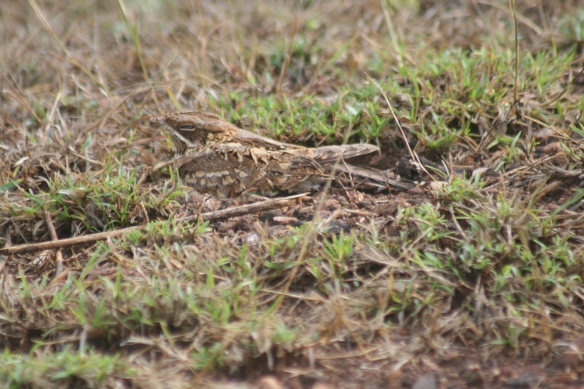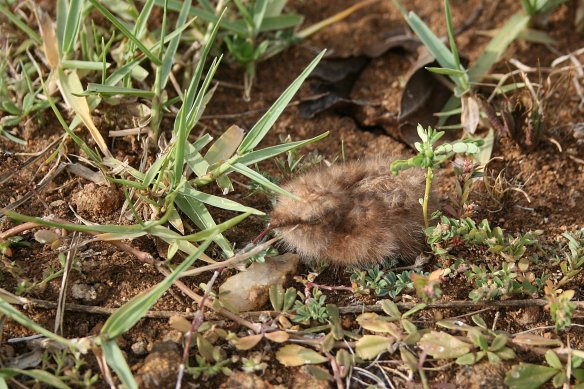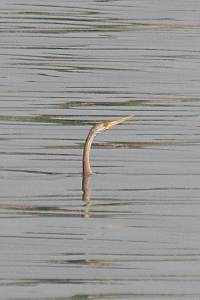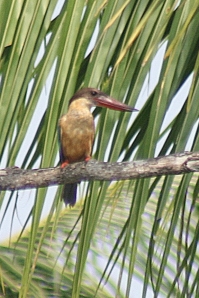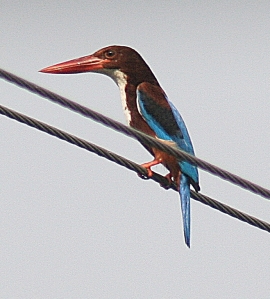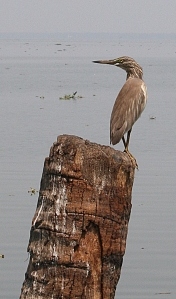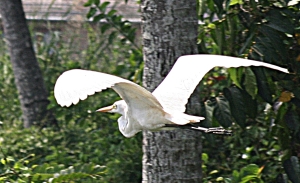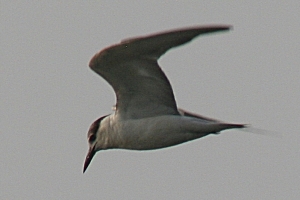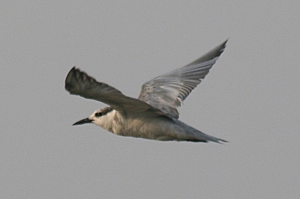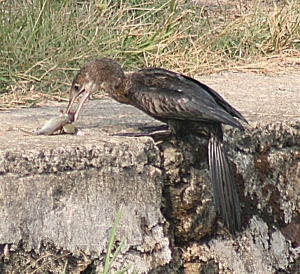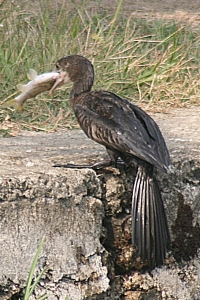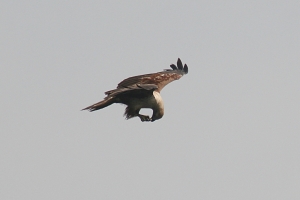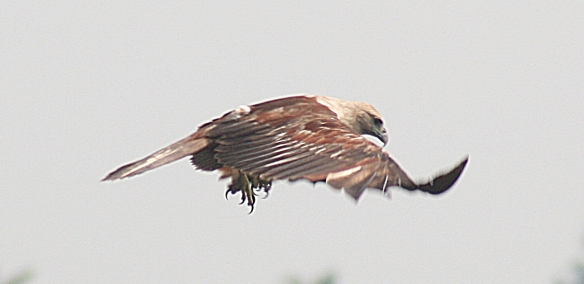Travel and Tour World have had a great article this week about migratory birds in Tamil Nadu, but there is one mistake in it – they seem to have missed out Lakeside!
Seriously though, although our valley may not be a bird sanctuary and does not have the huge flocks of birds that you will see elsewhere, what we do have is variety.
A few years ago students from the nearby Gandhigram University came to the valley each weekend for a whole year to catalogue the species which they could see. Some birds were obviously local residents and here all the time, whilst others were migratory and changed with the changing seasons. All in all, they identified over 200 species!
What makes our valley so unique is the variety of habitats within a small area. Behind our property are steeply rising hills which create perfect thermals for raptors. The hills are Reserve Forest which means that they are protected and so we have many forest birds in the area. Moving down we have more open brush/woodland; then there are our gardens which attract even more species. There is, of course, the lake with the types of birds that attracts, and as water levels fall we get the waders which like a more marshy environment. To add to that there are the cultivated areas of coconut, mango, paddy fields etc. If that is not enough we can take a short drive up into the hills and see more birds which like a slightly higher altitude and cooler environment.
If you are thinking of doing a ‘birdwatching’ holiday in South India then you must visit the sanctuaries in Tamil Nadu, but don’t forget the unique environment of Lakeside as well!
And if you are not a confirmed birdwatcher? The majority of our guests say that they enjoy seeing the amazing variety, colours and sounds of the local birdlife, creating many memories to take home at the end of a relaxing stay in a unique, secluded rural environment.
Why not come and stay to see for yourself!

